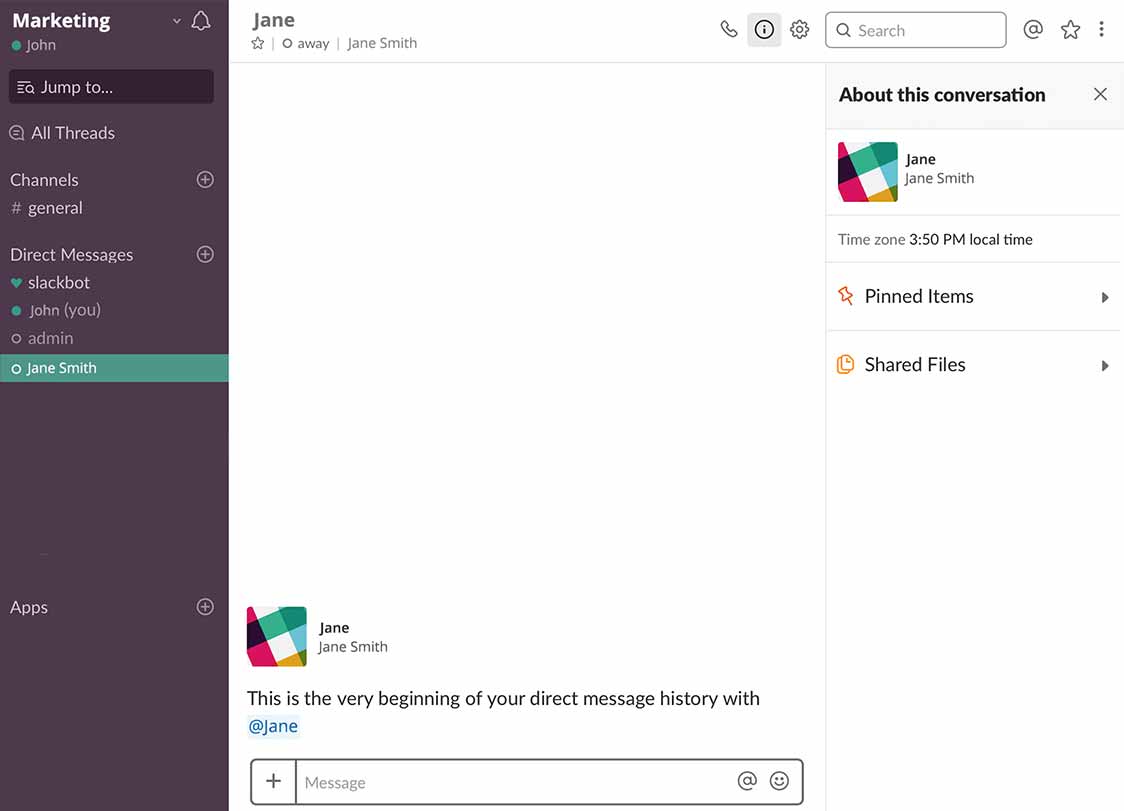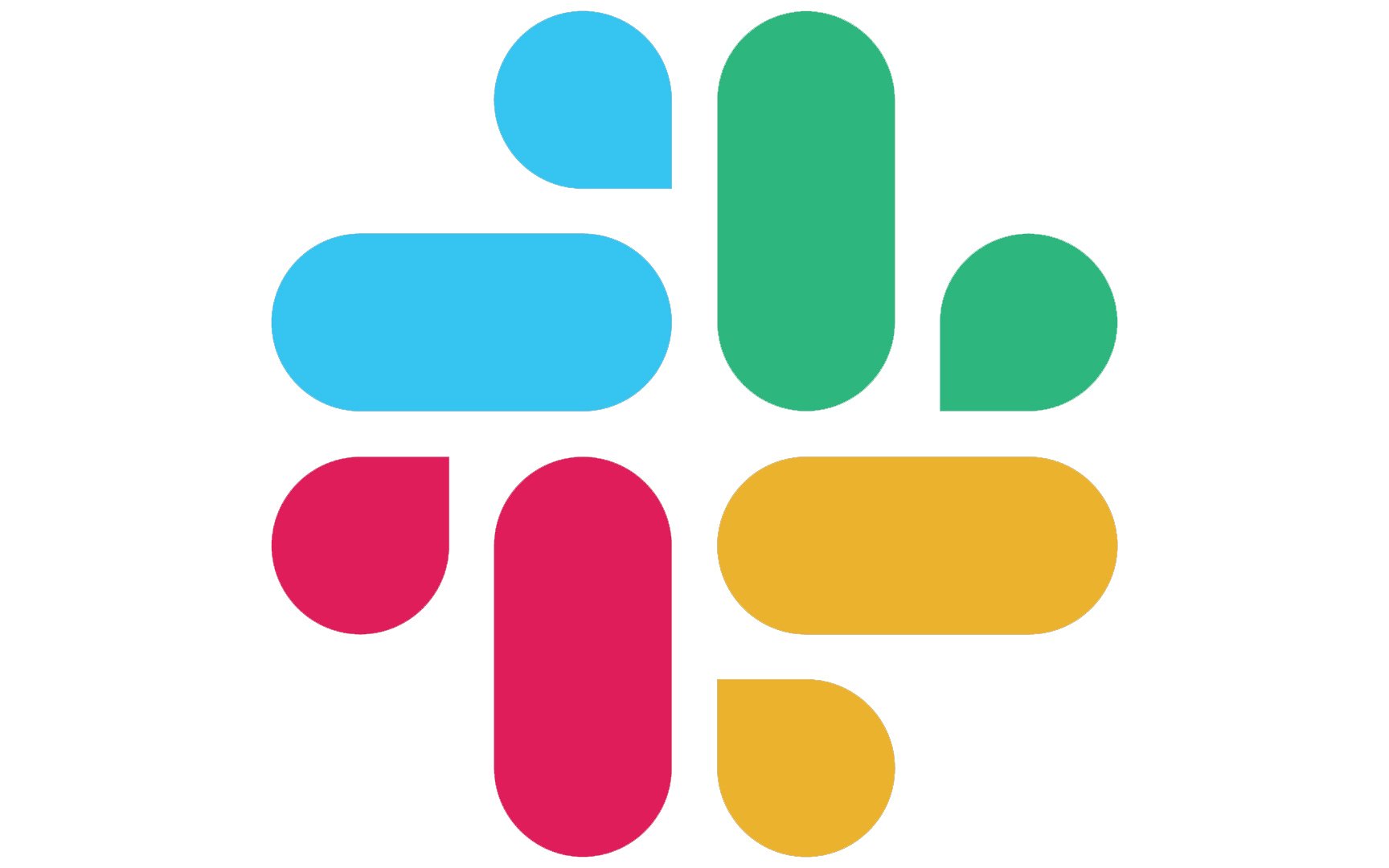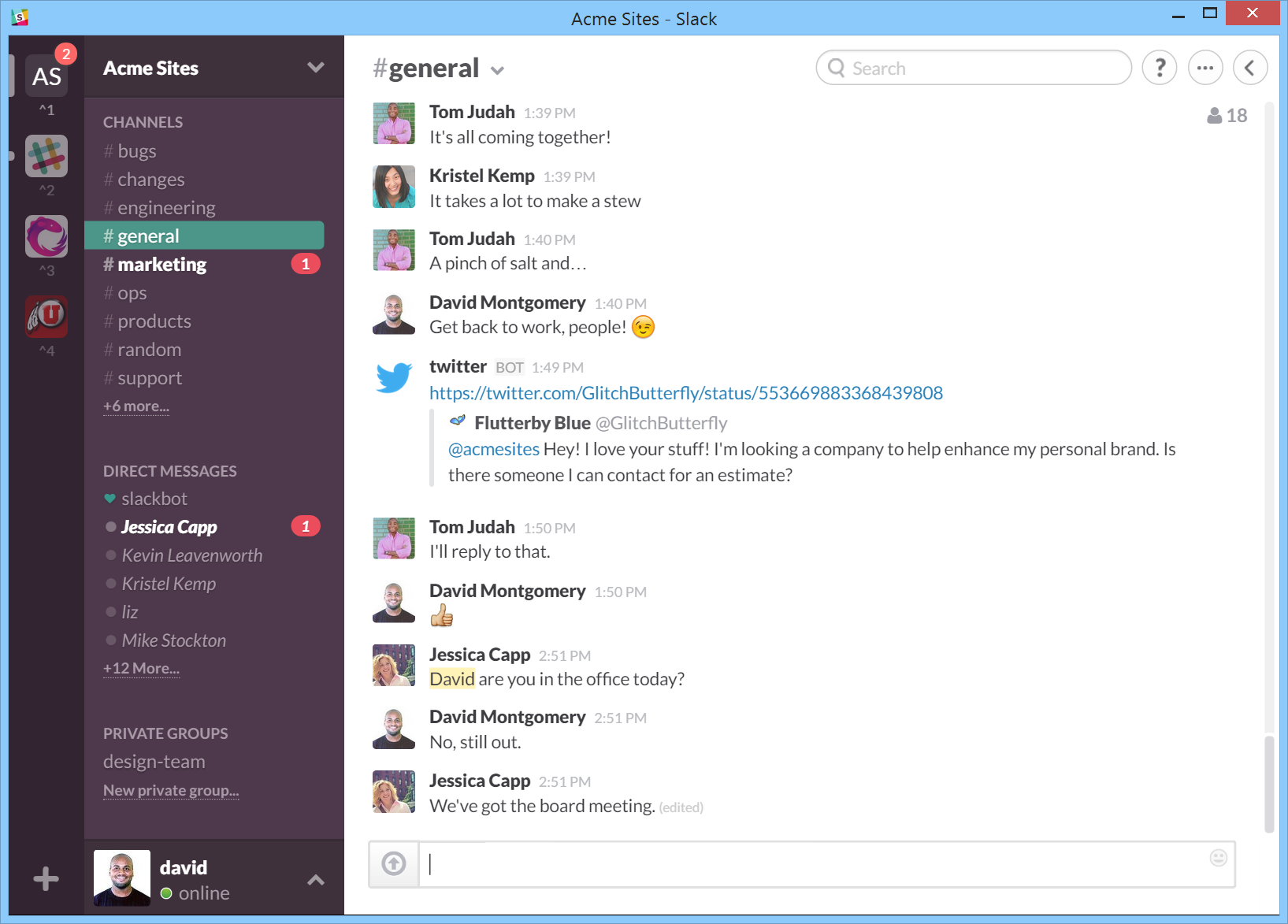

Plus, agencies will appreciate the ability to invite external collaborators, which is not as straightforward with Teams. It’s also a better solution if your team collaborates in real-time using Google Workspace. It’s the perfect tool for remote working, enabling you to integrate with a multitude of other apps and automate tasks. On the other hand, if you manage a small business, Slack might be the better option. This functionality is limited in Slack, and it’s not available at all in the free version. Teams makes video conferencing effortless, enabling you to host meetings for hundreds of participants and even record your events. What’s more, many medium and large companies depend on virtual events these days. This can save you a lot of money, since the costs of popular productivity apps quickly add up as your team expands. Microsoft Teams is the optimal choice if your company is already paying for Microsoft 365 access for all employees. That means you can choose whichever platform you prefer based on its features, user experience, scalability, and collaboration tools.

🏆 Winner: As far as price goes, both platforms offer plans at similar levels. E3: $20 per user per month, which includes online meetings with up to 10,000 participants, unlimited file attachments, and enterprise-level security and compliance.Business Standard: $12.50 per user per month, which gives you additional productivity services and access to Microsoft Bookings.It also includes 1 TB of storage per user. Business Basic: $5 per user per month, which includes online meetings with up to 300 participants, video recording, and access to additional Microsoft 365 services such as SharePoint Online, Yammer, Planner, and Stream.Now let’s compare that with Microsoft Teams premium plans: The price will vary depending on your needs, so you’ll need to contact Slack’s sales team directly for an estimate.


You also get 1 TB of storage per member with this plan.


 0 kommentar(er)
0 kommentar(er)
